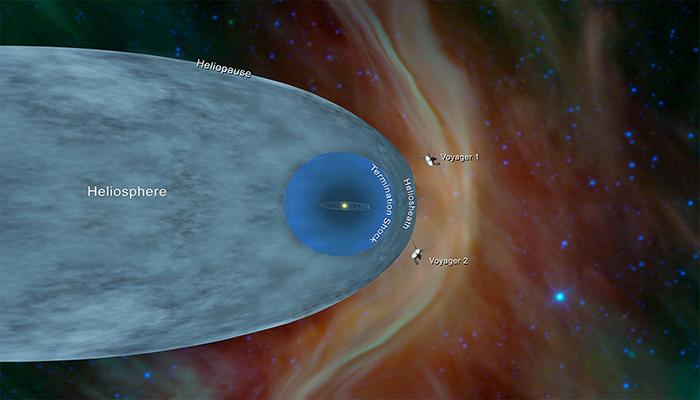Time: 2024-07-01
Two months after NASA crews reestablished diagnostic communications with Voyager 1, they recently received scientific observational data. Transmitted from the last remaining instruments still operational aboard the furthest man-made object from Earth, the data provides critical observations on plasma and magnetism in interstellar space. It has been 46 years and 7 months since Voyager 1 left Earth and 11 years and 8 months since it bade Pluto farewell to venture beyond our solar system. Currently, it is 15 billion miles, or 24 billion kilometers from Earth.
In March 2024, mission control for Voyager 1 at NASA's Jet Propulsion Laboratory at the California Technical Institute successfully addressed the issue preventing two-way communication with the probe. By dividing corrupted computer code into short sections and storing them in different places on the probe's flight data subsystem, the team ensured the onboard computer could locate them. Commands were issued on May 19th to restart sending scientific data. The four instruments on Voyager 1 study plasma waves, magnetic fields, and particles, making it the only spacecraft to directly sample interstellar space.

As Voyager 1 inches closer to departing the Deep Space Network by 2036, some instruments will require powering down due to battery drain. The probe will eventually be beyond all communications, carrying the Golden Record out into the unknown. Suzanne Dodd, Voyager's project manager, expressed amazement at the spacecraft's longevity, while highlighting the ongoing success of the mission.
The recent debugging triumph of diagnosing and fixing Voyager 1 spacecraft at 15 billion miles from Earth showcases the complexity of engineering in space. The team successfully relocated defective code sections in memory banks to resolve the communication issue, enabling the spacecraft to resume sending data. Voyager 1's journey beyond our solar system into interstellar space highlights the remarkable engineering feat of the Voyager program.
Launched in 1977, Voyager 1 and Voyager 2 have surpassed their original mission objectives and continue to provide valuable data from uncharted regions of space. Powered by radioisotope thermal generators, the spacecraft's longevity is a testament to engineering and manufacturing excellence. Despite the challenges of debugging a spacecraft millions of kilometers away, the Jet Propulsion Laboratory team managed to overcome the obstacle with meticulous planning and execution.
The success of the Voyager missions underscores the dedication and expertise of the teams involved, paving the way for future generations to appreciate the technical achievements of the 20th and 21st centuries. The recent victory in resolving Voyager 1's communication issue exemplifies the resilience and ingenuity required for space exploration, ensuring the legacy of the Voyager program endures in the annals of space exploration.